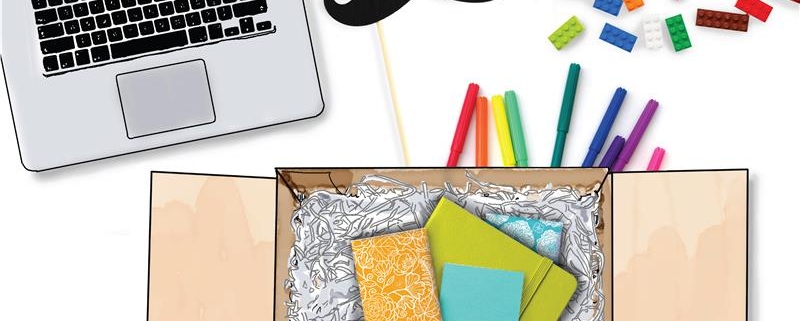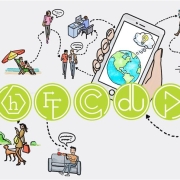Getting Better at Virtual Workshops IRL (In Real Life)
Slap “virtual” in front of any word and you’re likely to start feeling a sense of dread. You’re not alone. Call it “virtual” fatigue… but the fatigue is quite real. One of the most common offenders? Virtual workshops.
At Seed, we’ve been moving our strategy, innovation and qualitative disciplines online and getting better at it as we go. With that in mind, we’re pleased to share a few expert tips aimed at helping you get the most out of—and enjoy—your virtual workshops.
1. Keep it tight.
We’ve found 2-3 hours to be the sweet spot for an online workshop. Teams can stay engaged for that chunk of time. If the objectives demand more, multiple sessions of that length across two or more days works well.
2. Keep it interesting.
Even at 2-3 hours, you must keep things moving, exciting and diverse, tapping into different parts of your teams’ brains and varied styles. Design activities for the whole group as well as for smaller groups in breakout rooms.
Rotate and randomize topics for the breakout rooms and mix and match who goes where. Leveraging interactive tools like MIRO or Stormboard for some (but not all) activities can help keep brains nimble and attentive.
3. Keep it moving.
Don’t just sit there! As teams are arriving for the day or coming and going throughout the session, play music, post polls, ask trivia questions or pose provocative table topics in the chat. And don’t forget to build in breaks for outside communication, snacks, bio-breaks, etc.—just like you would with an in-person session.
4. Keep it focused.
Compared to traveling and multiple days out of the office for an in-person workshop, 2-3 hours online doesn’t seem like much to ask! And yet, the temptation to multi-task is exponentially greater in a Zoom-type setting. You don’t have to be preachy, but make sure everyone is holding each other accountable to get the most out of the time.
5. Choose Your Cast.
Yes, you need a strategic and engaging emcee. Of course, you need strong moderators/facilitators to be breakout room “table” leaders. But we’ve found the need for a few unexpected roles, too.
CEO (Chief Energy Officer): Tap someone to keep a pulse on the participants. Call an unplanned break, have those polls and fun questions ready to deploy, send everybody out on a scavenger hunt in their house or apartment, do something goofy on camera—keep the energy up!
Workshop Help Desk/Phone a Friend: You need someone on standby who knows the tools. Participants will always have questions or issues. Your Workshop Help Desk team member can work with them one on one instead of grinding the whole group to a halt
6. Have a Dress Rehearsal… Or Two
No amount of planning is enough here. We love to have an Ugly Dress Rehearsal at the workshop outline phase, followed by another rehearsal when we have more of a script ready to go. This ensures we are detailed with time allotments and roles.
7. Get on Participants’ Desks.
A creativity care package, sent ahead of the workshop, can bring countless benefits. Beyond the requisite decks, agendas and technology instructions, we like to include some fun items like snacks, a new mug, fidget toys, markers, crafting supplies, provocative question cards, a funny hat or something to wear together so we can all pose for a Zoom team photo… you get the idea!
8. Make the Technology Melt Away.
Plan a dynamic, fun (and secretly dual-purpose) ice breaker to start the session. Yes, we want to get to know each other and build rapport… but we also want to get everybody familiar with the technology we’ll be using. So, leverage the icebreaker as a tech-check to work out those kinks (moving in and out of breakout rooms, mute, sharing screens, trying out note-taking on Stormboard, uploading files, etc.).
I hope you find these tips helpful—and please be sure to reach out to Sean Smyth at ssmyth@seedstrategy.com if you want to learn more about how Seed can help you design and facilitate a customized virtual workshop for your team.
Until we meet again, I look forward to seeing your on-screen face rectangle soon!
Edited by Adam Siegel. In addition to being the Editor of The Accelerator, Adam is VP, Creative at Seed Strategy where he draws upon his diverse experience in advertising, research and innovation to craft breakthrough creative and winning concept copy.
Connect with us! Follow Seed Strategy on our LinkedIn, Twitter, Facebook and Instagram pages.





